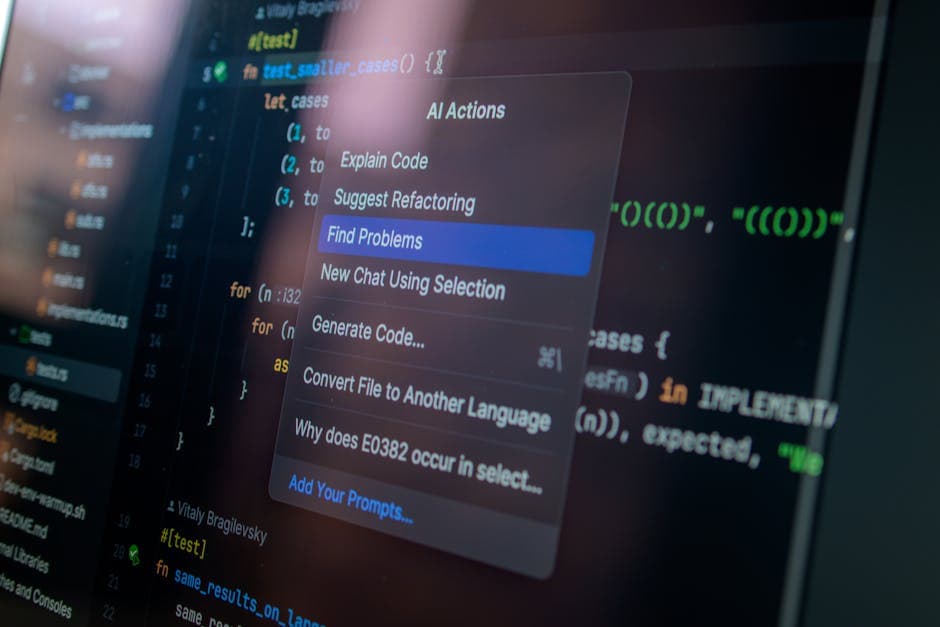The Quiet Panic Beneath the Toolstorm
It starts with a notification. A new AI tool has launched, promising to "revolutionize" productivity, content creation, or decision-making. The promise is intoxicating — a chance to get ahead of the curve, to be an early adopter, to finally master the chaos. So you sign up, integrate it into your workflow, and brace for the boost in efficiency.
But the boost never comes. Instead, the new tool adds another silo, another set of credentials to manage, another feed to check. The initial excitement gives way to a creeping sense of unease. You're spending more time juggling tools than actually getting work done. Focus fractures, attention scatters, and the once-hopeful promise of AI-powered productivity becomes a persistent, low-grade anxiety.
Welcome to the toolstorm — the daily deluge of AI-powered applications, plugins, and platforms that promise to transform how we work, create, and decide. But beneath the hype lies a deeper, more unsettling reality: a systemic overload that's straining our cognitive resources, our emotional reserves, and our ability to think strategically.
When Productivity Hacks Become Productivity Traps
The toolstorm didn't happen by accident. It's the inevitable result of a Silicon Valley ecosystem driven by novelty, venture capital, and a cultural obsession with disruption. In this environment, the incentives favor a never-ending stream of new tools, each one vying for our attention and our data. The more apps we use, the more we're locked into their respective ecosystems — and the more we feel compelled to adopt the "next big thing" to stay competitive.
This dynamic has transformed the very nature of productivity. What was once a means to an end has become an end in itself. The relentless pursuit of the "productivity hack" has created a feedback loop where we're constantly seeking the next silver bullet to solve our problems — only to find that each new tool introduces its own set of complexities and inefficiencies.
The result is a state of perpetual motion without progress. We're spending more time managing our tools than actually accomplishing our goals. And as the toolstorm accelerates, the psychological toll becomes increasingly apparent. Creatives, knowledge workers, and teams find themselves caught in a spiral of anxiety, distraction, and burnout.
The Unseen Algorithms Driving the Toolstorm
Beneath the surface of the toolstorm lies a complex web of algorithms, incentives, and market dynamics. The tech industry's venture-backed business model rewards rapid growth and "disruption" above all else. Investors clamor for the next "game-changing" app or platform, driving a frenetic race to launch new tools at breakneck speed.
This dynamic is amplified by the rise of AI, which has lowered the barriers to entry for tool creation. Suddenly, anyone with access to machine learning APIs can build a productivity-enhancing application — and the pressure to do so is immense. As a result, the toolstorm is self-perpetuating, with each new wave of tools creating new opportunities for "innovation" and further fragmentation.
The irony is that this system is optimized for novelty, not productivity. The true beneficiaries are not the users struggling to keep up, but the venture capitalists and tech companies driving the relentless cycle of disruption. And as long as this dynamic persists, the toolstorm will continue to rage on, leaving a trail of overwhelmed professionals in its wake.
The Emotional Toll of Constant Novelty
For those caught in the toolstorm, the psychological impact can be severe. The constant pressure to adopt new tools, master new interfaces, and integrate disparate platforms creates a profound sense of cognitive overload. Attention becomes a precious and elusive resource, as we flit between tabs and applications in a futile attempt to maintain control.
The emotional toll is just as significant. Feelings of inadequacy, guilt, and burnout become common as we struggle to keep up with the never-ending stream of productivity hacks. The promise of efficiency gives way to a nagging sense of failure — a persistent feeling that we're just not doing enough, or not doing it right.
This psychological burden extends beyond the individual. Teams and organizations find themselves fractured, as members wrestle with competing tools, workflows, and communication channels. Collaboration becomes a minefield of incompatible software and fragmented data, eroding trust and collective focus.
The Systemic Pressures Behind the Toolstorm
The toolstorm is not just a personal challenge, but a systemic one. The relentless drive for novelty and disruption is deeply embedded in the culture and incentive structures of the tech industry. Venture capitalists, software companies, and even our own educational institutions reinforce the notion that the latest tool or platform is the key to unlocking productivity and success.
This dynamic is further amplified by the way we measure and reward productivity in the modern workplace. Metrics like output, efficiency, and task completion have become the primary yardsticks of value — and the toolstorm offers a seemingly endless array of solutions to "optimize" these metrics.
But this obsession with quantifiable productivity often comes at the expense of more holistic measures of success, such as creativity, strategic thinking, and long-term impact. As we become increasingly beholden to the tyranny of the tool, we risk losing sight of the deeper purpose and meaning that should guide our work.
Navigating the Toolstorm: A Framework for Discernment
Escaping the toolstorm requires more than just another productivity hack. It demands a fundamental shift in mindset — a willingness to step back, question our assumptions, and reclaim our attention as a precious resource.
The first step is to develop a framework for discernment. Rather than chasing the latest shiny object, we must learn to evaluate new tools and platforms through the lens of our actual needs and constraints. What specific problems are we trying to solve? How well does this tool align with our broader strategic objectives? And crucially, what are the hidden costs and cognitive burdens it may introduce?
Secondly, we must cultivate a sense of intentionality in our relationship with technology. Instead of defaulting to the "path of least resistance" and adopting every new tool that comes our way, we need to be more deliberate in our choices. This may mean saying "no" more often, or consciously limiting the number of apps and platforms we engage with at any given time.
Finally, we must learn to protect our attention as a finite and precious resource. This may involve setting boundaries, establishing focused work periods, and ruthlessly eliminating distractions. It may also mean stepping away from the toolstorm altogether, to reconnect with the deeper creative and strategic impulses that often get lost in the shuffle.
Reclaiming Our Attention in the Age of Endless Tools
The toolstorm is not going away anytime soon. As AI and automation continue to transform the landscape of work, the pressure to adopt new tools and platforms will only intensify. But by developing a more discerning, intentional, and attentive relationship with technology, we can begin to reclaim our focus, our creativity, and our sense of purpose.
This is not a call to reject technology altogether, but rather to approach it with greater wisdom and agency. The tools we choose to use should be in service of our deeper aspirations, not the other way around. By cultivating this mindset, we can navigate the toolstorm with clarity and confidence — and ultimately, become the masters of our own attention.


